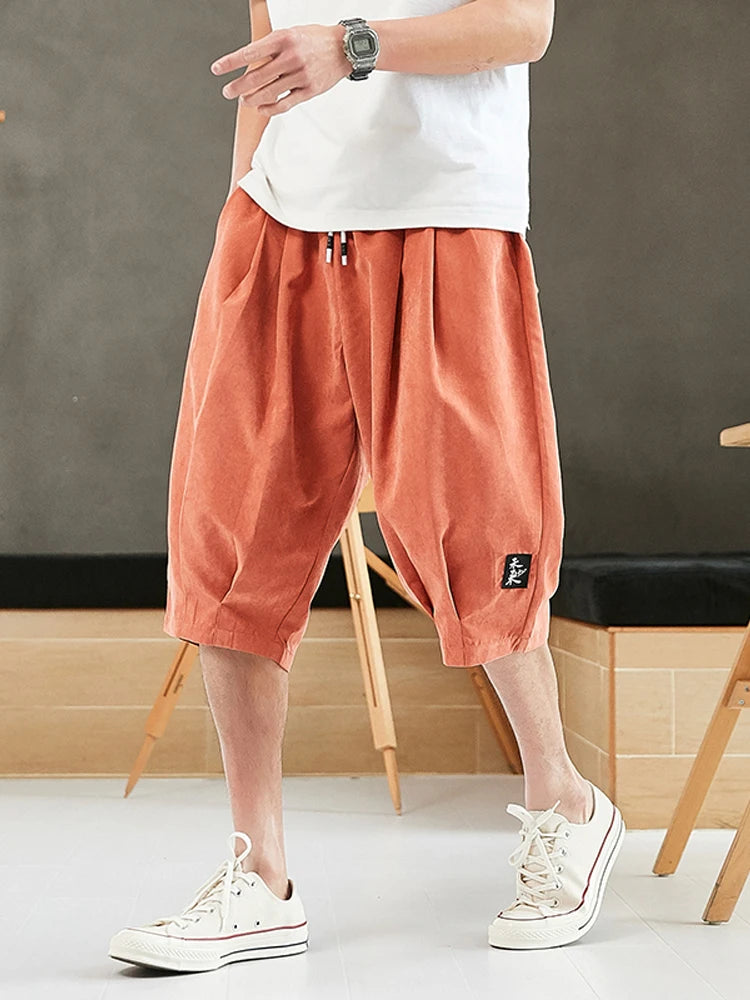Ever wonder why some products feel effortless and satisfying to use while others feel frustrating? The way a product is designed affects how we interact with it—often in ways we don’t consciously realize. Here’s why good design matters and how to recognize it.
1. Aesthetic Appeal Creates Emotional Connection
A well-designed product isn’t just about function; it’s about how it makes you feel.
Clean lines and balanced proportions create a sense of harmony.
High-quality finishes and materials make a product feel premium.
Well-thought-out colors and textures enhance usability and appeal.
2. Functionality and Ease of Use
The best products are intuitive—they work the way you expect them to.
Smart layouts (such as button placement on a remote) make use effortless.
Ergonomic designs reduce strain and enhance comfort.
Thoughtful details, like a non-slip grip on a mug, improve everyday usability.
3. Longevity and Sustainability
Good design means durability. When a product is well-constructed, it’s less likely to break or become outdated.
Minimalist designs remain stylish for years.
High-quality materials lead to better long-term performance.
Repairable or modular products offer extended usability.
When you invest in well-designed products, you’re choosing items that will stand the test of time while providing a better experience.



